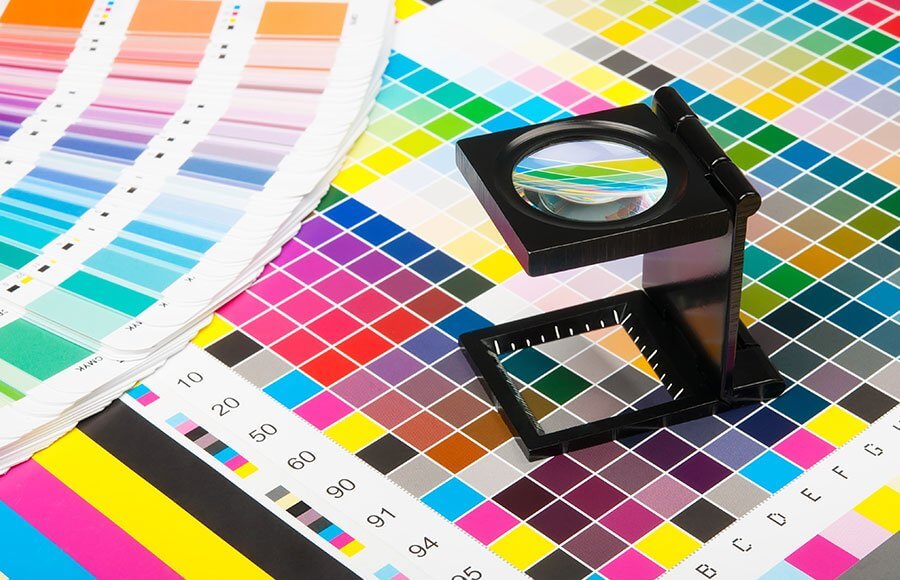A Complete Guide About litho printing
A Complete Guide About litho printing
Blog Article
A Comprehensive Guide to Understanding Litho Printing Techniques
The world of litho printing, a strategy stemming from the late 18th century, is a fascinating blend of background, art, advancement and science. Stay with us as we trip right into the captivating realm of litho printing.
The Historical Advancement of Litho Printing
The historic trajectory of litho printing, an essential advancement in the world of interaction, is a fascinating story of human ingenuity. Birthed in the late 18th century by Alois Senefelder, this strategy was at first a cost-effective technique of releasing theatrical works. Lithography, stemmed from the Greek words for 'stone' and 'to compose', utilized a smooth stone surface area to transfer images onto paper. The procedure progressed with the arrival of the rotary press, which greatly increased efficiency (litho printing). In the 20th century, the innovation of countered lithography transformed the industry, enabling mass production of top notch prints. Each phase of litho printing's evolution showcases humanity's unrelenting search of efficiency and top quality in visual communication.
Deciphering the Scientific Research Behind Litho Printing Inks
Moving on in the expedition of litho printing strategies, the focus currently shifts to the scientific research behind litho printing inks. The composition of these inks, their drying process, and color mixing techniques create the foundation of this intricate art type. Understanding these elements is vital to understanding the craft and accomplishing the desired print results.
Composition of Litho Inks
In lithographic printing, the essential role of litho inks can not be overstated. The structure of litho inks varies depending upon its objective, however usually, they include two main parts - pigments and automobiles. Pigments, the color-providing components, are finely ground bits suspended in the car, a liquid that brings the pigment onto the printing surface area. The vehicle is an intricate mix of oils, solvents, and resins, which influence the ink's drying time, attachment, and gloss. In addition, numerous ingredients exist to enhance particular buildings like circulation, drying out, and resistance to environmental effects. Each part plays a vital part in the final print's top quality, making the exact formula of litho inks an intricate scientific research.
Ink Drying Process
From the make-up of litho inks, interest turns to the remarkable procedure of ink drying out. The drying out procedure is important, as it impacts the last print's quality and durability. Two key methods are made use of in litho printing: oxidative drying and absorption. Oxidative drying includes the ink reacting with oxygen in the air to create a difficult, dry film. This method supplies a sturdy coating, yet can be slower contrasted to absorption. Absorption, on the other hand, involves the ink seeping into the paper fibers, which is a faster process but can lead to much less lively shades. The selection in between these techniques is dependent upon factors such as print speed requirements, the paper kind hop over to these guys made use of, and the preferred surface.
Color Mixing Strategies
While the drying out process plays a crucial role in litho printing, the science of shade mixing strategies holds equal value. The scientific research behind litho printing inks additionally takes into account the openness of the ink, which impacts how colors overlay and mix.
The Art and Layout Aspects in Litho Printing
Litho printing takes a breath life right into art and design with its distinct aspects. Litho printing accommodates a variety of colors, enabling musicians to develop lively and vibrant prints. This mix of precision and flexibility makes litho printing a preferred choice for numerous artists and developers.
Modern Applications of Litho Printing Strategies
Litho printing strategies have actually found considerable use in the modern industrial field. Its influence and importance proceed to grow with the introduction of brand-new technologies and modern technologies in the field. This area will discover these modern applications and the transformative role they play in the printing market.
Commercial Litho Printing Utilizes
In today's electronic age, one may question the importance of standard printing approaches. Yet, litho printing stays a crucial component of the commercial sector. High-volume printing jobs, such as the manufacturing of publications, papers, and packaging, depend on litho printing for its capacity to deliver exceptional photo quality and cost efficiency. The process, which includes transferring an inked image from a plate onto a rubber covering and afterwards to the printing surface area, supplies unequaled uniformity. This makes it ideal for tasks needing a huge print run. Litho printing also offers a wide color spectrum, above that of electronic printing. This makes it the go-to selection for tasks that require dynamic, top quality shade recreation.
Advancements in Litho Printing
Pushing the limits of traditional strategies, modern improvements have actually fueled a host of technologies in litho printing. One famous development is electronic litho printing, which integrates the virtues of digital modern technology with litho's premium output. These advancements highlight the long-lasting relevance of litho printing in the contemporary globe.
Discovering the Refine of Litho Printing: Detailed

Challenges and Solutions in Contemporary Litho Printing

In spite of the precision and custom that litho printing proudly maintains, it is not without its collection of contemporary challenges. Digital litho printing allows for affordable short runs and easy customization, attending to the issue of variable information. Hence, while there are obstacles, the litho printing market is proactively adapting to meet them head-on, ensuring its significance in the future.
Final thought
In verdict, litho printing, with its rich background and scientific intricacies, holds a substantial area in the print market. The future of litho printing pivots on its capability to adjust to these changing demands, attesting its enduring value in a developing market.

Report this page